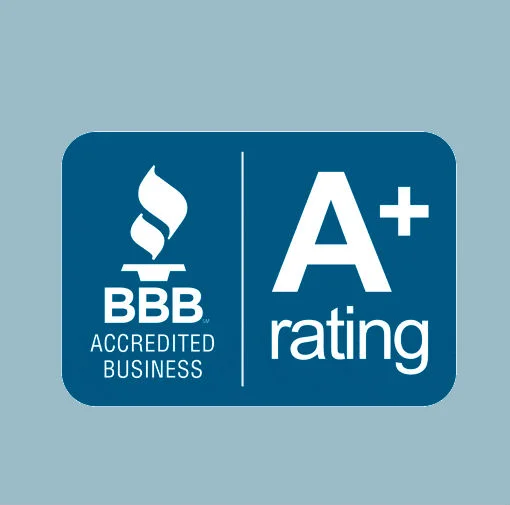Success Principles for Growing Your Healthcare Business
 [Article Series: An excerpt from a forthcoming book by Mark Tager, MD, and Stewart Gandolf, MBA, for private practice physicians and healthcare administrators about reaching, recruiting and retaining private pay and elective care patients. Refer to our previous article on this topic titled: How to Grow Your Private Pay and Elective Care Business.]
[Article Series: An excerpt from a forthcoming book by Mark Tager, MD, and Stewart Gandolf, MBA, for private practice physicians and healthcare administrators about reaching, recruiting and retaining private pay and elective care patients. Refer to our previous article on this topic titled: How to Grow Your Private Pay and Elective Care Business.]
Launching an ancillary product or service line isn’t easy. Perhaps the only “magic formula” is in having the personal resolve and the determination to successfully bring the concept to reality. The following principles help assure success in launching and sustaining ancillary services:
Success Principle #1 - Don’t underestimate these variables:
- The learning curve (There’s always more involved than you realize.)
- Time requirements (Include everyone in your thinking.)
- Capital requirement (Include a contingency margin.)
- Sales skills (You may need to hire experienced talent.)
- Marketing budget (New services will not promote themselves.)
- Culture shock (Get everyone on board, aware and supportive.)
- Risk (It can’t be eliminated, but it can be minimized.)
- Competition level (Assume “the other guy” is smart, aggressive and not a push-over.)
- Commitment level required (Too little attention or “afterthought” promotion means DOA.)
Principle #2 – It’s a whole new business within your business: Treat your “ancillary” line as an independent business unit with its own goals, plan, budget, operations, resources, training and support.
#3 – Involve the staff early in the game. Share your vision with everyone in the office and inspire an enthusiastic team support. Changes in the office routine (and culture) can be unsettling enough to undermine success. Conversely, awareness, training and win-win compensation can create champions and teamwork.
#4 – Invest in proven elective care marketing strategies. Patents are experienced consumers who respond to benefit-driven marketing. Devise a professional plan that considers:
- Internal marketing (To leverage your existing patient base.)
- Cross promotion (To leverage someone else’s base.)
- Professional referral marketing (When possible.)
- External advertising (To inform and attract new consumers.)
- Publicity (Where free media opportunities exist.)
- Internet visibility (Engaging content and targeted online marketing.)
#5 – If you build it, they may not come (without a push). If you’re making a big commitment, invest in the marketing to help it succeed. To neglect the proper promotion would be like buying a thoroughbred racehorse and not planning for its care and feeding.
#6 – Create products and packages. Consumers—especially informed patients—more easily understand and appreciate benefit-driven “products” versus less tangible “health-aware” concepts. Consumers envision their use of products and services when the deliverables are clearly defined. Consider, for example, how to productize weight loss as a program or package including physical evaluation, hypertension screening, BMI, nutrition and other support facets.
#7 – A goal without a plan is just a wish. The successful launch of ancillary—and profitable—products and services requires a well-considered and detailed action plan with measurable goals and specific next steps.
The due diligence phase will embrace your brainstorming, focused evaluation and financial analysis. Required purchases and operating procedures and assignments will be set. Your marketing plan—Internal, External, Professional Referral, Cooperative Promotion and Retail Storefront considerations—will be detailed, defined and budgeted. And finally, an Ongoing Management structure needs to be put in place with a means to track and measure results vs. objectives.
Ancillary products and services can be an invigorating way to “step off the treadmill” without stepping away from your training and experience. What’s more, it can become a rewarding path to grow your private pay and elective care business.
But to have impact—and ultimately to be truly successful—you’ll need a serious investment of the time for homework, thoughtful planning, devotion of resources and budget—and the effort required to creating a new business.
On one hand, it may not be easy…but if it wasn't hard, everyone would do it. And if it’s done well, it will be professionally satisfying and financially rewarding.
[See our previous article on this topic titled: How to Grow Your Private Pay and Elective Care Business.]
Excerpted from The Art of Patient Engagement: How to Grow Your Private Pay & Elective Healthcare Business; Mark J. Tager, MD, Stewart Gandolf, MBA; Publisher: ChangeWell Inc.
About the Authors:
Mark J. Tager, MD, is CEO of San-Diego based ChangeWell Inc. (www.changewell.com), a training and consulting company that guides organizations and individuals to higher levels of health and performance. As an author, consultant and entrepreneur, Dr. Tager brings a rich personal and professional background to his work in leadership, organizational development and personal well-being.
Stewart Gandolf, MBA, is CEO and co-founder of Healthcare Success, a national medical industry advertising and Internet marketing agency based in Orange County, CA. An in-demand speaker and consultant, Stewart has written for dozens of leading healthcare publications and has personally consulted for over 2,500 hospitals and medical practices nationwide.
Related Articles:
How to Grow Your Private Pay and Elective Care Business
13 Traits of Highly Successful Healthcare Business Leaders
First Principle of Enduring Success: Existing Patients First
Failure is Absolutely Certain If You Never Take This One Vital Step









